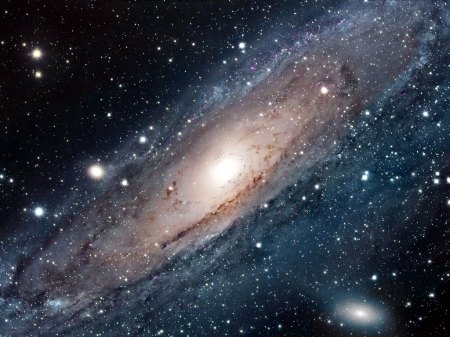.JPG) |
| 'Heil, mein Führer! Mr Leung Chun - ying' |
325. The play has come to the final moment. 'Heil, mein Führer! Let's give a round of warm applause to our new CE, Mr. Leung Chun - ying'
'There would be one day [when] Hong Kong would eventually need to dispatch the anti-riot police and utilise tear gas to handle protests' said CY - an accusation made by Henry Tang in his final rebound against his arch - rival.
Can we trust Henry? My answer is Why not? He has come to his own political suicide anyway. There's no reason not to trust a dying person.
This blatant tramping on freedom of speech by CY is not so surprising, after we have read Mdm. Ip's article, saying CY has always been a underground communist.
Indeed PRC has long known how to play the filtration game. CY as underground communist can't be something too far - fetched to believe in when other scholars already explored how PRC set up parallel organisations to plant their own support ( in Associations in a Bind by Jonathan Unger and Anita Chan).
Undoubtedly, PRC also masters the Shakespearian play within a play in writing the drama script for Hong Kong. Right of abode cases, Article 23, double - non issues and now CE election are all mini - plays within the grand play - the ultimate death of One Country Two Systems.
Shortly gaining his chancellorship on January 30 1933, Hitler unleashed his Night of Long Knives - purging the internal dissidents and killing off other political opponents.
CY promised to pursue the matter about accusation made by Henry Tang further after the election is over.
The only vain hope I am holding now is a deus ex machina - a totally unexpected event - that will produce enough blank votes to make an abortive election. ABC. Anything But CY.
This hope is, however, hopeless. The red curtain will be drawn, with blood seeping beneath it. HK is dead.









